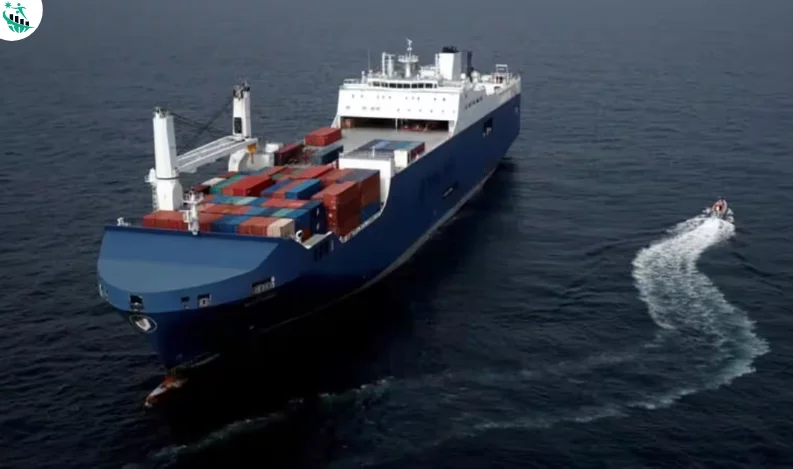
Iran’s Hormuz Closure Threat Rattles Energy Markets and Shipping Industry
The Strait of Hormuz, a vital artery for global oil shipments, is once again under intense international focus after Iran’s parliament voted to authorize its potential closure. The symbolic move, announced Sunday, came in direct response to US airstrikes on Iranian nuclear sites over the weekend.
Though the vote does not enforce an immediate shutdown, it grants Iran’s Supreme National Security Council the authority to act, escalating fears of a significant disruption to one of the world’s most critical energy routes.
Oil Prices Surge Amid Uncertainty
Global oil markets reacted swiftly. Brent crude surged over 9%, reaching levels not seen since late 2022. Analysts from Citigroup have warned that if Iran proceeds with a full closure, prices could spike past $90 a barrel, potentially sending shockwaves through economies dependent on oil imports.
“Even a temporary disruption of the estimated 3 million barrels per day could destabilize markets,” said Citi analysts Anthony Yuen and Eric Lee in a research note.
Tanker Traffic Stable, For Now
While oil tanker passage through the strait remains steady, between 40–44 tankers daily, the broader shipping sector is becoming increasingly cautious. Container and bulk shipments have dipped, and some carriers are reassessing transit plans.
Freight rates have already surged, with some Gulf-based LNG shipments, including those from Qatar, facing delays. Greece’s shipping ministry has advised domestic vessels to avoid the Strait entirely, citing heightened security risks.
Strategic Chokepoint at Risk
The Strait of Hormuz, located between Iran and Oman, facilitates nearly 20% of global oil trade. It serves as the primary gateway for energy exports from the Gulf to nations such as China, India, Japan, and EU countries.
Iran’s latest move, although not yet actioned, has intensified global concern over energy security. A senior US official stated the White House is “monitoring the situation closely” and remains committed to maintaining free trade passage in the region.
Broader Implications
The looming threat adds another layer of risk to global shipping already strained by Red Sea disruptions and ongoing Iran-Israel tensions. The situation underscores how a single chokepoint can shape energy flows, freight costs, and diplomatic strategies worldwide.



Recent Comments:
No comments yet.